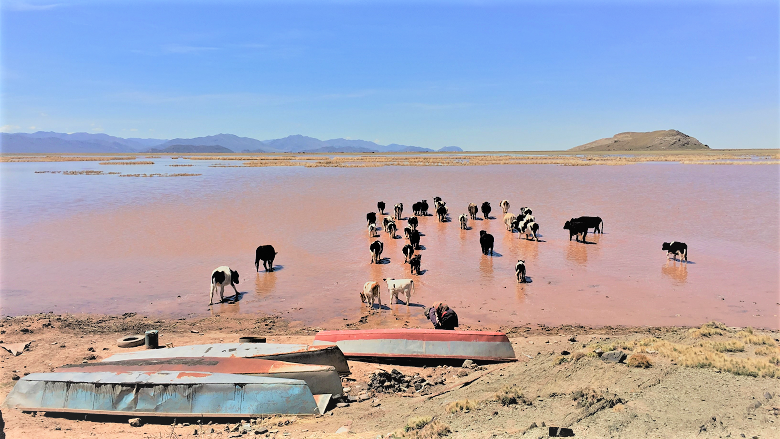As we mark World Day to Combat Desertification and Drought tomorrow, notable strides have been achieved in building resilience to these issues globally. From Africa to Asia, concerted effort has led to gains in development, and all regions are experiencing economic growth. to preserving these achievements.
by impeding growth in strategic sectors such as agriculture, water resource management, and urban development. As was discussed at the recent World Reconstruction Conference (WRC3), these risks, compounded further by fragility and conflict situations, are on the rise in many parts of the world.
Countries across Africa and the Middle East, many of which are in conflict situations, are confronting this now, with 20 million people across these two regions currently facing famine from a prolonged drought. Future trends predict that
In East Asia, Vietnam recently experienced its worst drought in 90 years. The El Niño-induced disaster impacted 83 percent of the country’s provinces, affecting over 2 million people. In Indonesia, the rainy season did not start when expected, due to El Niño. The UN estimates that in severely drought-affected districts, 3 million Indonesians live below the poverty line, and 1.2 million of these people rely on rainfall for food production and for their livelihood.
At this critical crossroads, , especially when it comes to combating desertification and drought. In response to these challenges, the World Bank and partners have set up programs to strategically tackle drought, desertification, and impending climate risks.


